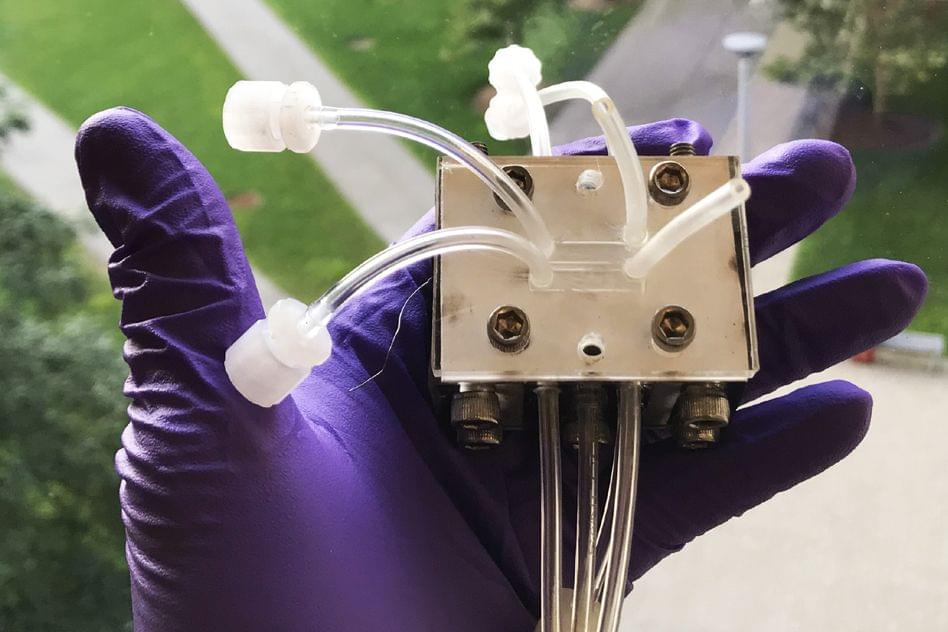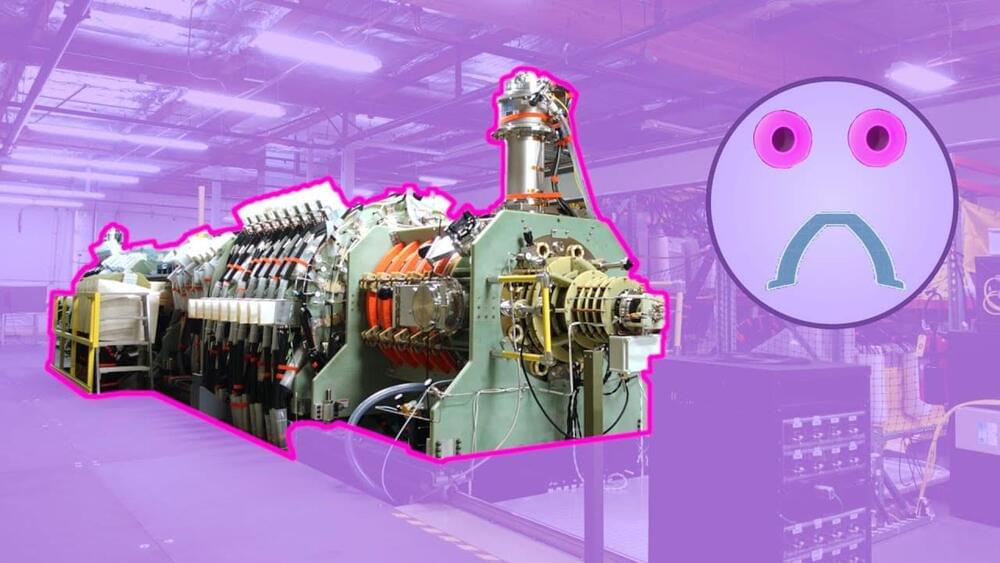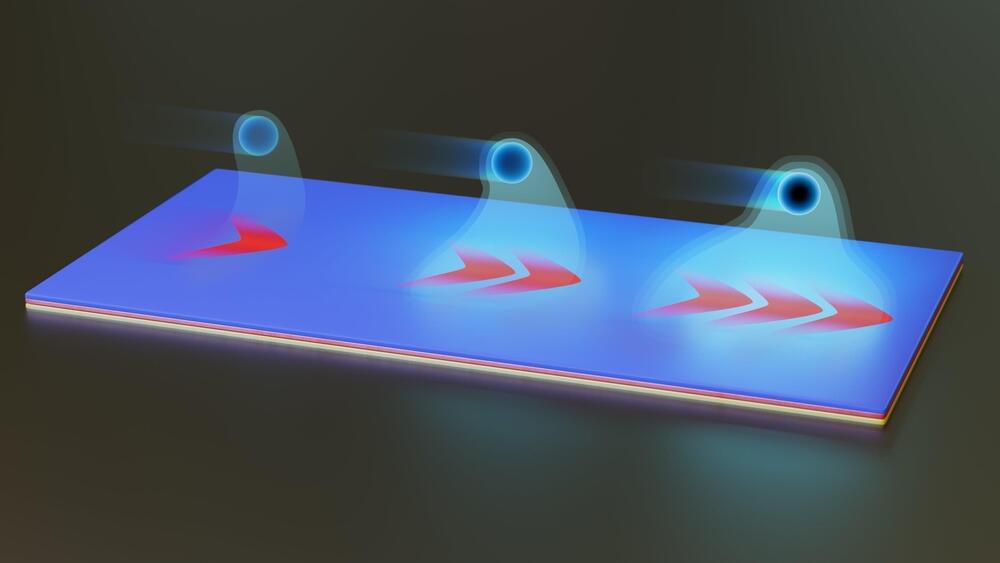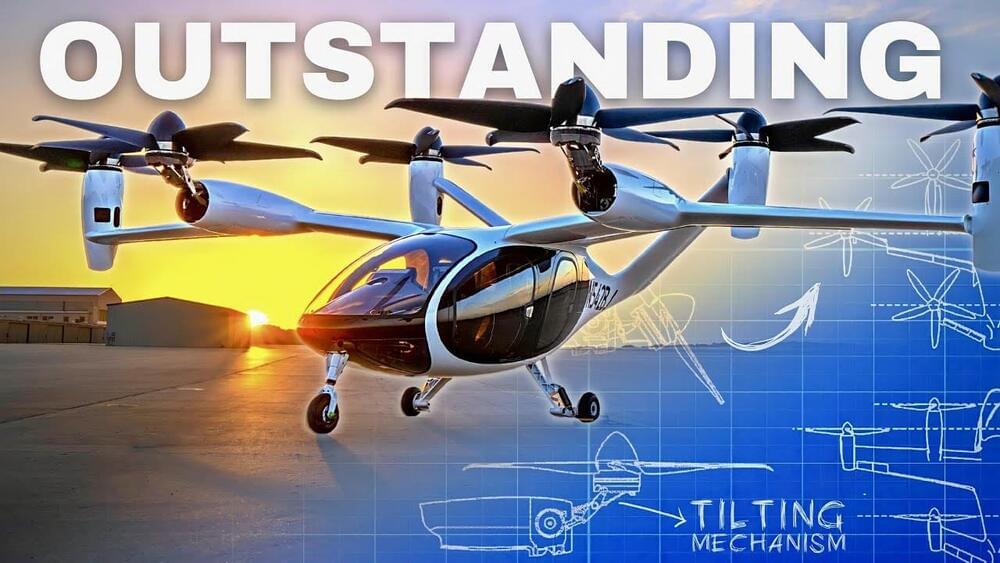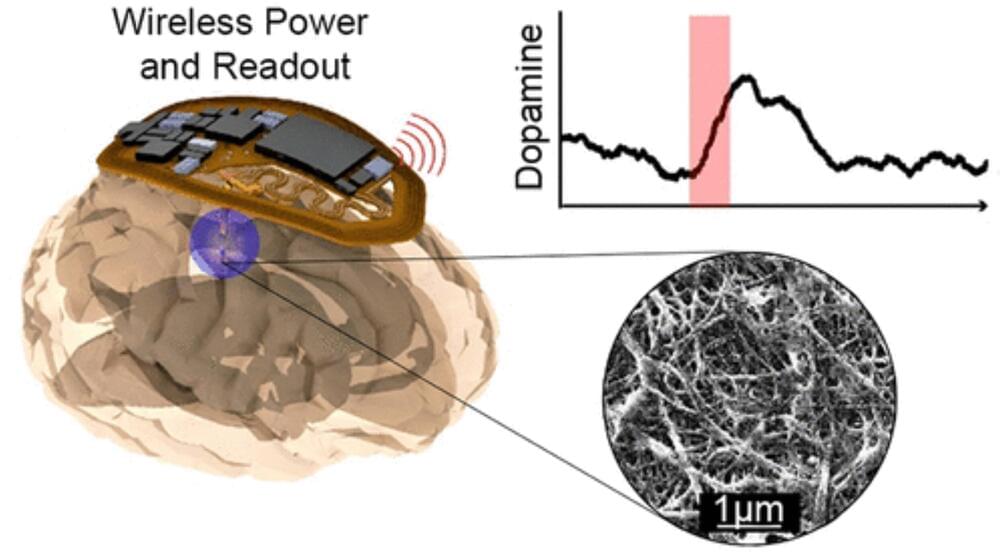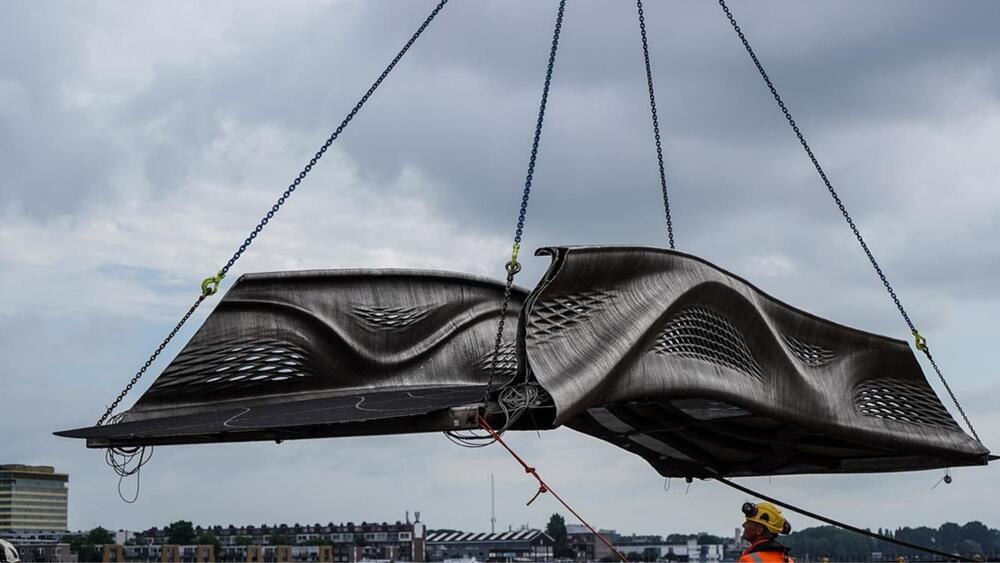Jan 22, 2023
A new way to remove contaminants from nuclear wastewater
Posted by Omuterema Akhahenda in categories: chemistry, engineering, nuclear energy, particle physics
I posted about Japan releasing radioactive water, and thought it was a bad idea, because of this MIT revelation.
Nuclear power continues to expand globally, propelled, in part, by the fact that it produces few greenhouse gas emissions while providing steady power output. But along with that expansion comes an increased need for dealing with the large volumes of water used for cooling these plants, which becomes contaminated with radioactive isotopes that require special long-term disposal.
Now, a method developed at MIT provides a way of substantially reducing the volume of contaminated water that needs to be disposed of, instead concentrating the contaminants and allowing the rest of the water to be recycled through the plant’s cooling system. The proposed system is described in the journal Environmental Science and Technology, in a paper by graduate student Mohammad Alkhadra, professor of chemical engineering Martin Bazant, and three others.
Continue reading “A new way to remove contaminants from nuclear wastewater” »
